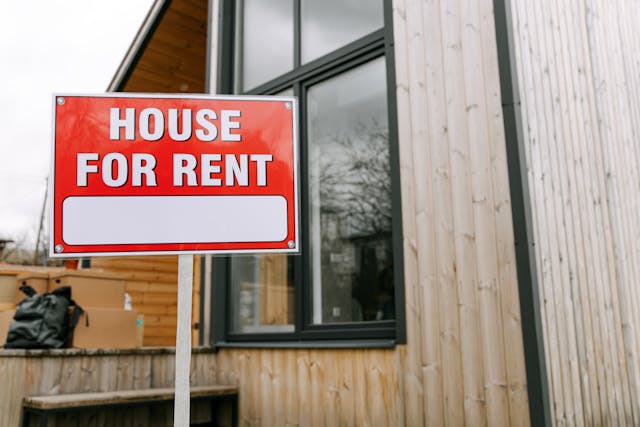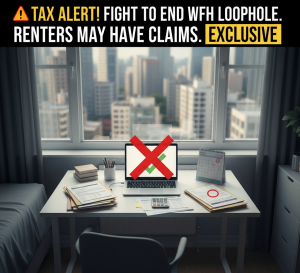Building a rental property on vacant land? Understanding ATO rules around deductions can help you maximize tax benefits. This article covers when construction costs become deductible, what expenses are eligible, and how timing impacts your claims once the property is ready to rent.
Building a residential rental property on vacant land offers potential tax benefits, but understanding when deductions apply can be complex. For those constructing a property specifically for rental, certain deductions can be claimed once the property is legally ready for occupancy and actively available for rent.
Here’s a guide to how the rules apply to vacant land used for residential construction and when expenses can become deductible:
What Counts as Vacant Land?
The Australian Tax Office (ATO) defines vacant land as property without substantial, permanent structures that are actively occupiable. For tax purposes, a property built on vacant land must reach specific stages of completion and occupancy to allow for certain expense deductions.
Deductions Allowed on Vacant Land for Rental Purposes
Until the property becomes legally occupiable and available for rent, expenses incurred on the land, including loan interest, council rates, and maintenance costs, cannot be deducted. These pre-rental expenses are added to the property’s cost base, meaning they contribute to the overall value of the asset for capital gains tax (CGT) calculations. This step is essential as it builds up your CGT cost base, potentially reducing future taxable gains if you eventually sell the property.
When Deductions Become Available
As soon as the property is legally occupiable and advertised for rent, expenses linked to the portion of the loan used for construction and other associated costs become deductible. This includes interest on loans, property maintenance, and council rates. It’s important to keep accurate records, as only expenses directly associated with making the property available for rental qualify. Additionally, any prior periods of vacancy—when the property was not available to rent—are not eligible for deductions and must be treated as capital expenses added to the cost base.
Example of Deduction Timing
Suppose you start construction on vacant land in January 2023 with the aim to rent it out upon completion. You incur costs like interest on your loan and council rates throughout the construction period. However, these expenses are non-deductible for the time the property is unoccupied. When construction finishes in December 2023, and you obtain occupancy approval, you then list it for rent. From this point onward, interest and ongoing expenses become deductible, as the property is now both habitable and actively available for rental purposes.
Key Points to Remember
- Non-deductible expenses before availability: Costs incurred before the property is habitable must be added to the property’s cost base.
- Transition to deductibility: Once the property is ready for occupancy and listed for rent, associated expenses are deductible.
- Record-keeping: Maintain detailed records of all expenses, including the timing of when the property becomes legally occupiable, to substantiate your deductions.


















